So, you’re thinking about getting a capybara as a pet? These gentle giants have been stealing hearts all over the internet, but before you dive into this unique pet ownership journey, let’s talk about the realities of owning a capybara. From their social needs to legal considerations, I’ll break it all down for you.
What Is a Capybara?
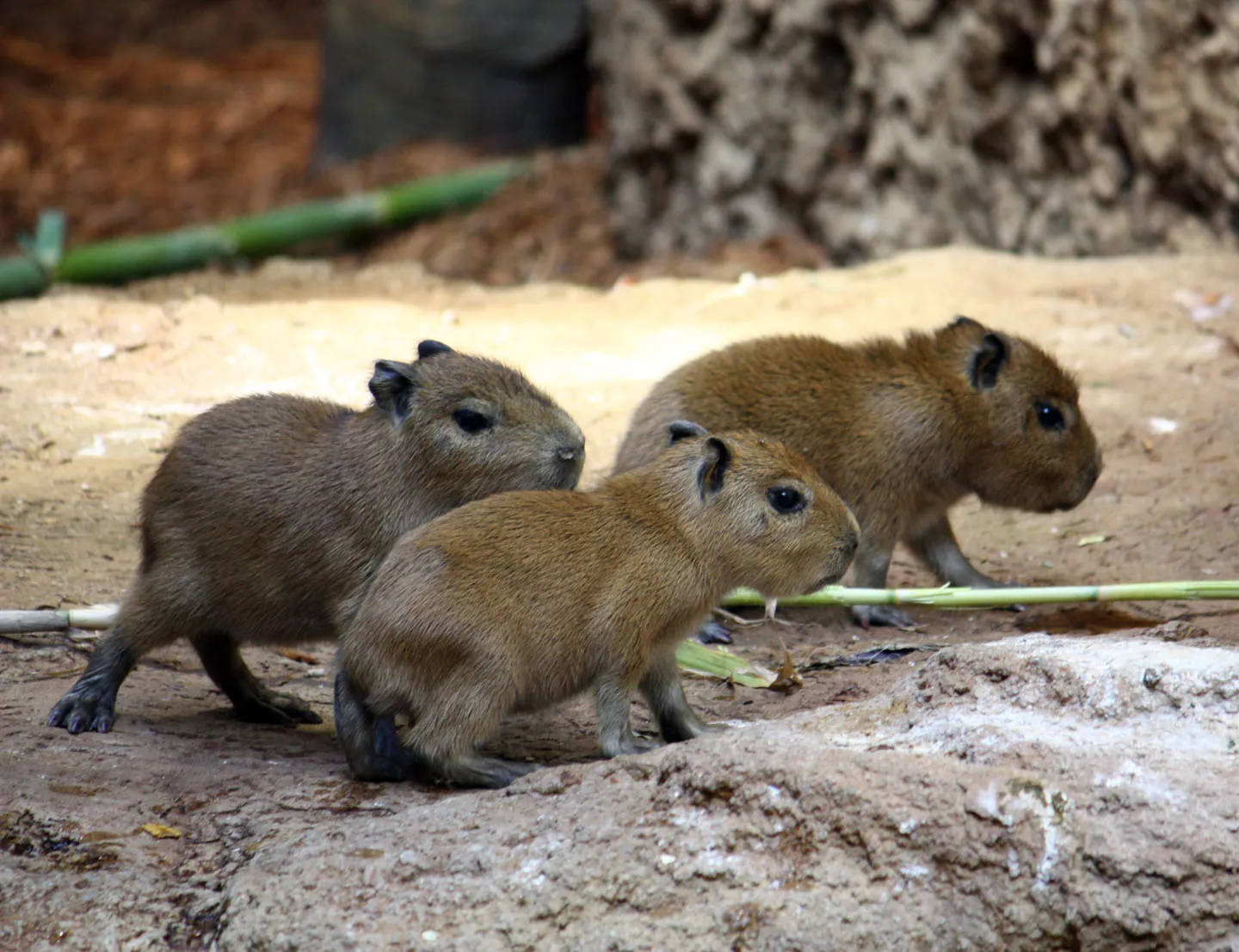
Capybaras are the largest rodents in the world, weighing up to 170 pounds and standing about 4 feet tall. Native to South America, these semi-aquatic mammals are known for their calm demeanor and social nature. They’re often compared to giant guinea pigs, but trust me, they’re a whole different ballgame when it comes to care.
Is a Capybara the Right Pet for You?
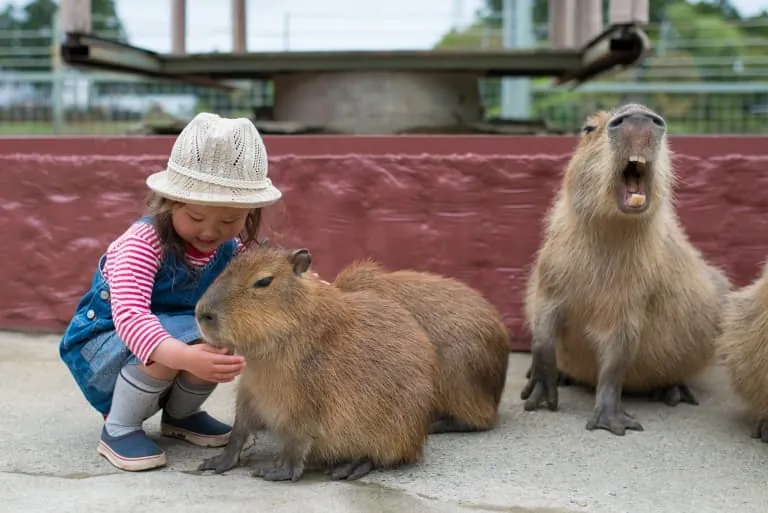
Before you start dreaming of cuddles with your new furry friend, ask yourself:
- Do you have enough space? Capybaras need a large outdoor area with access to water for swimming. Think at least 12 feet by 20 feet per pair.
- Can you afford the costs? Initial costs can range from $1,000 to $3,000, with annual expenses for food, vet care, and habitat upkeep adding up to $2,500–$3,000.
- Are you ready for a long-term commitment? Capybaras live 8–12 years in captivity.
If you’re nodding along, let’s dive deeper.
Legal and Ethical Considerations
Can You Legally Own a Capybara?
The legality of owning a capybara varies by location. In the U.S., states like Texas, Pennsylvania, and Florida allow capybara ownership, while others like California and Georgia have outright bans. Even in permissible states, local ordinances may impose additional restrictions. Always check with your local authorities before bringing one home.
Ethical Concerns
Capybaras are wild animals at heart. While they can be tamed, they thrive best in environments that mimic their natural habitat. Ask yourself: Can I provide the care they truly need? If not, consider visiting them at a zoo or sanctuary instead.
Housing and Habitat Requirements
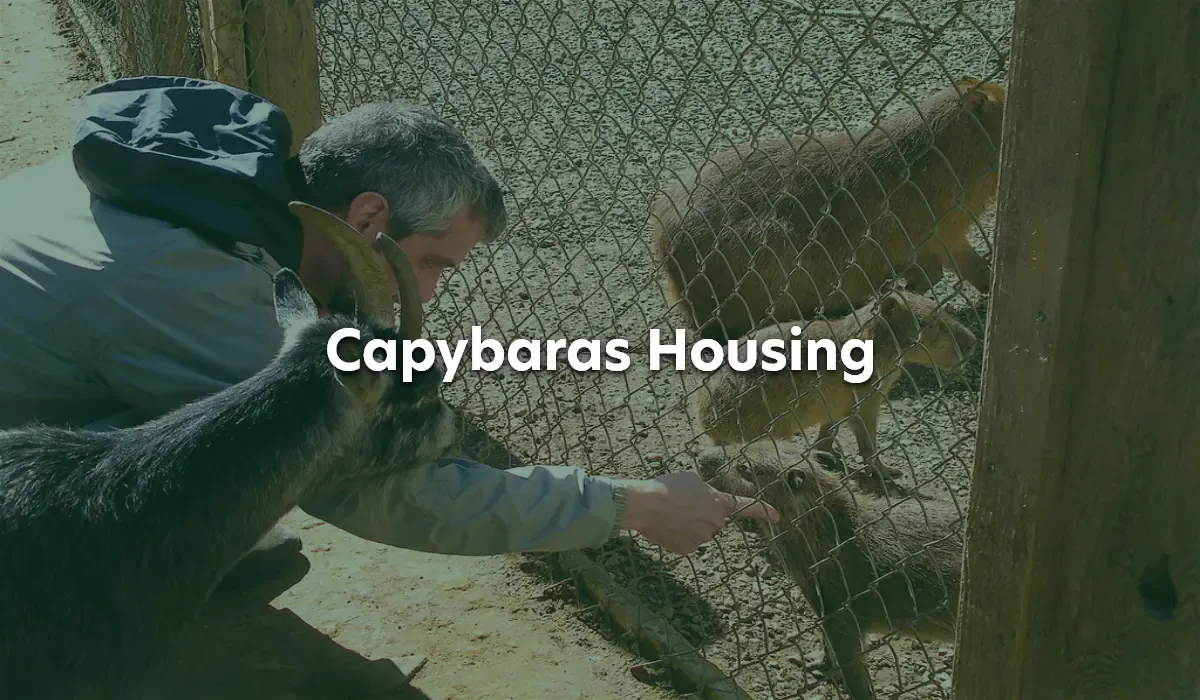
Space and Environment
Capybaras need:
- A large, fenced outdoor area (minimum 12×20 feet per pair).
- Access to a swimming pool or pond (at least 3 feet deep).
- Shelter for protection from extreme weather.
Temperature Regulation
Capybaras are sensitive to cold. If you live in a colder climate, you’ll need to provide heated indoor spaces and UVB lighting to mimic their natural environment.
Diet and Nutrition

What Do Capybaras Eat?
Capybaras are herbivores, and their diet should include:
- High-quality grass hay (Timothy or Orchard hay).
- Guinea pig pellets fortified with vitamin C to prevent scurvy.
- Fresh vegetables and fruits as occasional treats (carrots, apples, yams).
Feeding Tips
- Avoid overfeeding sugary treats to prevent selective eating.
- Monitor their droppings—loose stools may indicate dietary issues.
Social Needs and Behavior
The Importance of Companionship
Capybaras are highly social animals and thrive in groups. If you’re considering getting one, plan to get at least two. Isolation can lead to stress, depression, and health issues.
Bonding with Your Capybara
While capybaras are generally gentle, they can be shy around new people. Patience is key. Spend time grooming them or offering food to build trust.
Health and Veterinary Care
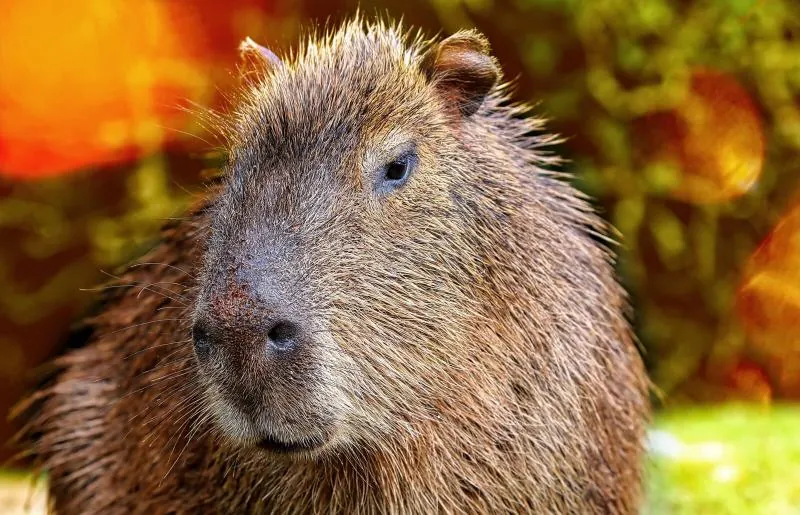
Common Health Issues
Capybaras are prone to:
- Vitamin C deficiency (scurvy).
- Dental problems due to continuously growing teeth.
- Skin issues if their habitat isn’t kept clean.
Finding a Vet
Not all vets are equipped to care for capybaras. Make sure you have access to an exotic animal veterinarian before bringing one home.
Training Your Capybara
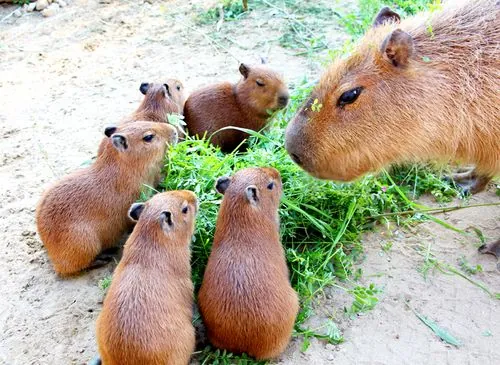
House Training
Yes, capybaras can be house-trained! Use positive reinforcement and designate a specific area for them to go. Be prepared for accidents—they love to poop in water.
Leash Training
Some owners successfully leash-train their capybaras. Start young and be consistent.
Pros and Cons of Owning a Capybara
Pros
- Affectionate and social
- Unique and fascinating pets
- Low shedding and odor-free.
Cons
- Expensive to care for
- Require a lot of space and water
- Not suitable for all climates.
FAQs About Capybaras as Pets
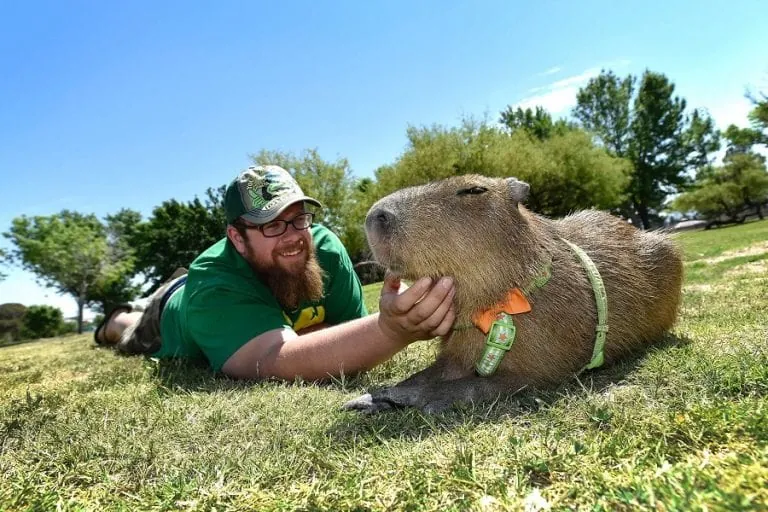
1. Are capybaras legal to own?
It depends on your location. Check local and state regulations before getting one.
2. Can capybaras live with other pets?
They can coexist with dogs and other animals, but supervision is key.
3. How much does it cost to own a capybara?
Initial costs range from $1,000 to $3,000, with annual expenses of $2,500–$3,000.
4. Do capybaras make good house pets?
They’re better suited to outdoor living due to their size and need for water.
Final Thoughts
Owning a capybara as a pet is a big responsibility, but for the right person, it can be incredibly rewarding. If you have the space, resources, and dedication to meet their unique needs, a capybara could be the perfect addition to your family.
Still unsure? Visit a local zoo or sanctuary to spend time with these amazing creatures before making a decision. After all, the best pet owners are the ones who put their animal’s well-being first.
